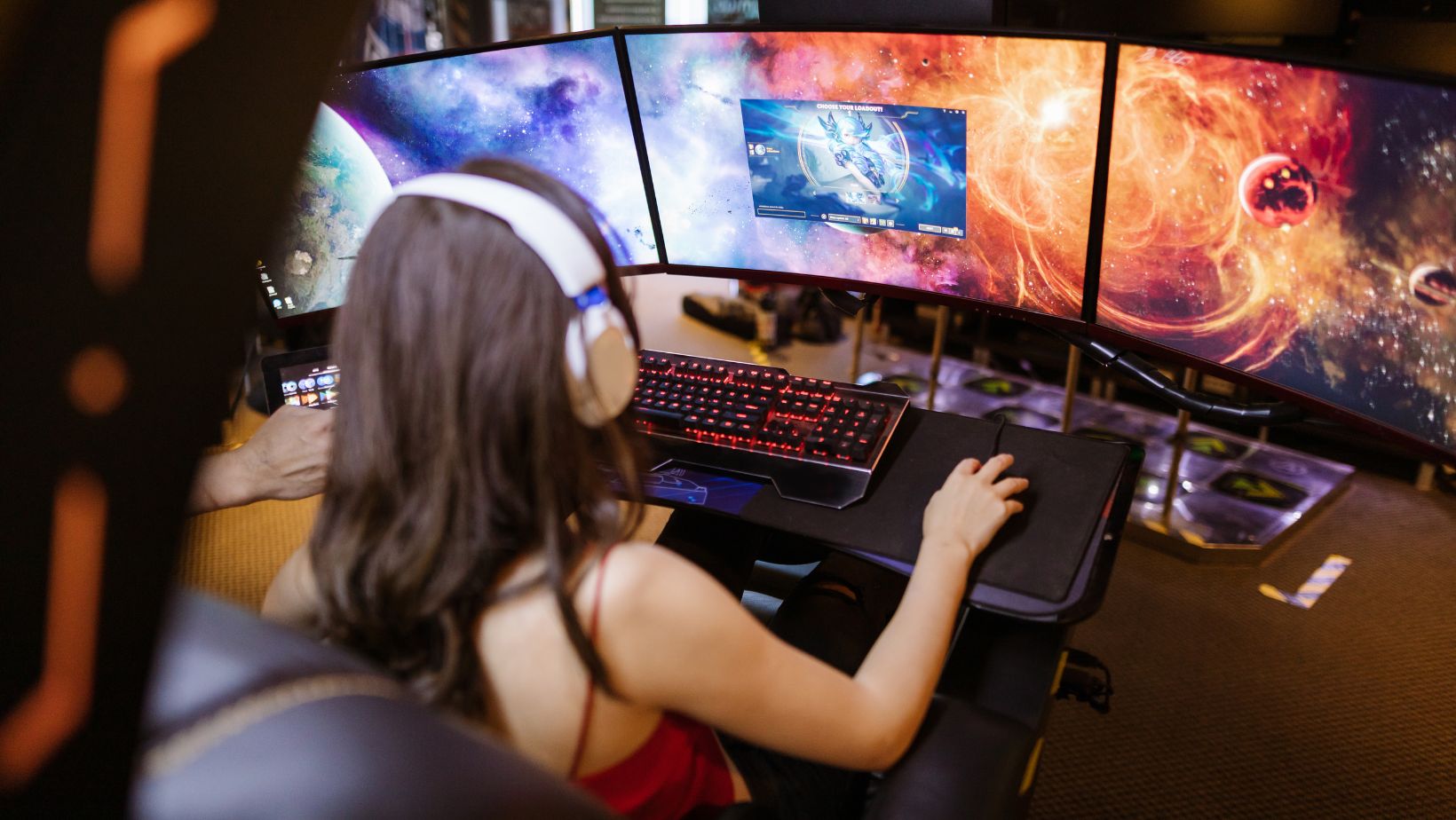In an age of ultra-realistic graphics, sprawling open worlds, and cloud-streamed “games as a service,” it might seem counterintuitive that dusty cartridges and boxy CRT televisions are enjoying a renaissance. Yet, everywhere you look—from pop-up arcade bars and Kickstarter-funded console clones to indie developers crafting pixel-perfect platformers—the retro revival is in full swing. But what’s driving this resurgence of classic titles and chiptune soundtracks? Here’s a deep dive into the many reasons why vintage video games have once again captured our collective imagination—and why they’re here to stay.
1. Nostalgia: A Powerful Emotional Hook
The Warm Glow of Memory
Nostalgia is perhaps the single strongest force behind the retro wave. For many of us, playing Super Mario Bros., Sonic the Hedgehog, or The Legend of Zelda on the original hardware is inseparable from childhood memories: snack-stained controllers, weekend sleepovers, or gathering ’round the TV with siblings. Revisiting those simple, joy-packed experiences can feel like time travel—a comforting escape from adult responsibilities.
Passing It On
Parents who grew up in the ’80s and ’90s now introduce their kids to the games that defined their youth. The magic of clearing Bowser’s Castle for the first time is just as potent for a seven-year-old playing Super Mario World today as it was 30 years ago. This cross-generational bond further fuels demand for retro hardware and software, as families share cartridges, controllers, and the thrill of pixelated discovery.
2. Simplicity in Design: Focus on Fun
Easy to Pick Up, Hard to Master
Vintage titles are often lauded for their pick-up-and-play accessibility. One button to jump, another to attack—gameplay mechanics that demand less learning curve than many modern AAA epics boasting dozens of abilities and layered menus. This streamlined approach lets players dive straight into the action, honing their reflexes and muscle memory rather than memorizing skill trees or crafting systems.
Elegant Constraints
Working within the tight memory and processing limits of early consoles forced designers to focus on core mechanics and level design. Every pixel, every note of a chiptune melody, had to serve a purpose. The result? Games that feel meticulously crafted and often incredibly addictive. Titles like Tetris and Pac-Man remain enduring examples of how limitations can spark creative brilliance.
3. Collectibility and Physical Media
The Thrill of the Hunt
In a digital era, the tactile satisfaction of holding a physical game is a novelty once more. Hunting vintage titles at garage sales, flea markets, or online auctions has become a hobby for many. Rare boxed editions—like EarthBound’s mint-condition cartridges or Panzer Dragoon on Sega Saturn—fetch hundreds or even thousands of dollars, turning retro gaming into a collector’s market that blends gaming passion with treasure hunting.
Console and Cartridge Clones
Manufacturers have seized on this demand with modern “plug-and-play” solutions. Devices like the Evercade, Analogue Pocket, and the NES/SNES Classic Editions offer authentic cartridge slots or pre-loaded libraries in sleek, miniature forms. These plug-in-and-play consoles marry modern conveniences—HD output, save states, and USB power—with the charm of original hardware, making classic games more accessible than ever.
4. The Indie Scene’s Pixel-Perfect Homage
New Games with Old Souls
While collectors chase down original cartridges, a legion of indie developers has built careers crafting new titles that feel like they stepped off a SNES or Game Boy. Games such as Shovel Knight, Stardew Valley, Celeste, and Undertale evoke nostalgia with pixel art, chiptune scores, and 16-bit mechanics—but pair them with modern design sensibilities: deeper narratives, accessibility options, and quality-of-life features (mid-level checkpoints, robust tutorials, etc.).
Crowd-Funding and Community
Kickstarter and itch.io have given retro-inspired projects a direct line to fans. Backers vote with their wallets, green-lighting ambitious passion projects like Bloodstained: Ritual of the Night (a spiritual successor to Castlevania) and Axiom Verge. This democratized funding landscape empowers small teams to labor over every pixel and palette choice, ensuring the retro aesthetic continues to evolve rather than stagnate.
5. Preservation and Emulation
Fighting Digital Decay
Digital drift—the gradual unavailability of old titles as online stores close or licenses lapse—poses a threat to gaming’s heritage. Emulation and ROM archiving have stepped in as vital tools for preserving the past. Projects like MAME (Multiple Arcade Machine Emulator) and RetroArch allow enthusiasts to play faithfully emulated versions of arcade and console classics on modern hardware, safeguarding gameplay and code for future generations.
Legal and Ethical Complexities
While emulation isn’t without controversy—copyright infringement and piracy concerns abound—many rights holders now embrace official collections and digital re-releases. Sony, Nintendo, and Sega regularly issue themed retro bundles on their current consoles, and services like Nintendo Switch Online and PlayStation Plus offer rotating libraries of classic titles, legitimizing the nostalgia binge.

6. Community, Speedrunning, and Streaming
Sharing the Experience
The rise of Twitch and YouTube has transformed how we consume retro games. Speedrunners compete to finish classics in record times, uncover glitches, and master tricks once relegated to dusty strategy guides. Events like Games Done Quick raise millions for charity while showcasing the passionate dedication of retro gamers, illuminating hidden levels or sequence breaks in real time.
Modding and ROM-Hacking
Communities around franchises like Super Mario World and Pokémon create new levels, ROM hacks, and complete overhauls—some so polished they rival official releases. These fan-made expansions breathe fresh life into decades-old engines and foster vibrant online forums where players share tips, co-create, and celebrate the endless creativity unlocked by a few kilobytes of code.
7. A Counterbalance to Modern Complexity
The Indie-Retro Antidote
In recent years, “AAA fatigue” has set in for some players who yearn for bite-sized experiences free from loot boxes, microtransactions, and real-time service demands. Retro titles and retro-style indies deliver a reprieve: self-contained adventures that can be completed in an evening, without ongoing content patches or invasive monetization. For many, this simplicity is not a drawback but a welcome breath of fresh air.
Therapeutic Pixel Therapy
There’s growing awareness of mental health in gaming circles. The predictable loops and clear objectives of classic games can offer a soothing ritual at the end of a stressful day. Completing a level, unlocking a new power-up, or simply exploring a familiar 8-bit world engages the brain’s reward centers—providing a sense of accomplishment and calm that many sprawling, ambiguous modern titles struggle to match.
8. What’s Next for the Retro Revival?
Hybrid Hardware
Manufacturers are experimenting with hybrid devices: handhelds that emulate multiple consoles, mini-Arcades with downloadable titles, and FPGA-based reissues that recreate vintage chips at the silicon level for truly authentic performance. The line between old and new hardware is blurring.
New Generations, New Nostalgia
As today’s kids grow up with PlayStation 5s and Nintendo Switches, their own childhood memories will fuel a future retro market—perhaps for the classic 3D era of the early 2000s. Just as 16-bit titles are revered today, tomorrow’s nostalgia mavens may chase pristine copies of Halo: Combat Evolved or Grand Theft Auto III.
Preservation as Priority
With gaming’s cultural significance more broadly recognized, initiatives at museums and universities are archiving source code, design documents, and oral histories from early developers. This professional preservation ensures that retro gaming’s legacy isn’t just a grassroots movement, but an acknowledged slice of cultural heritage.
Conclusion
The retro revival isn’t merely a trend—it’s a multifaceted movement fueled by nostalgia, design appreciation, collectibility, community creativity, and a desire for simpler gaming pleasures. Whether you’re dusting off your childhood console, marveling at an indie homage, racing through a speedrun on Twitch, or hunting down the perfect mint cartridge online, you’re part of a global phenomenon that honors the past while inspiring the future. As long as there are pixels to admire and chiptunes to hum, vintage video games will continue to carve out a cherished place in our hearts—and on our screens—for decades to come.
Article by Dreamstime
